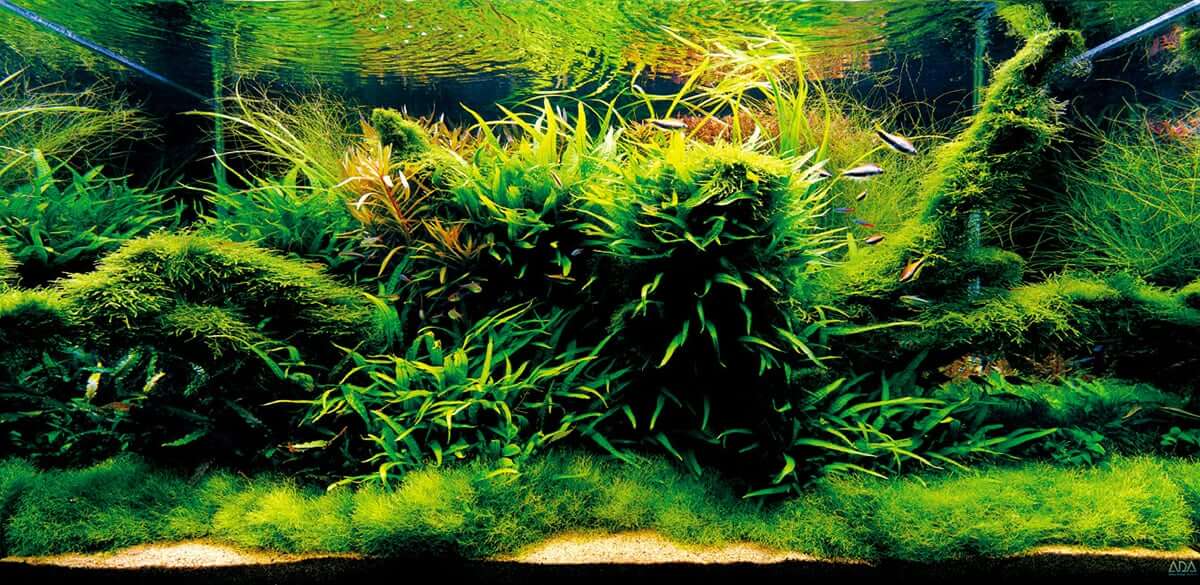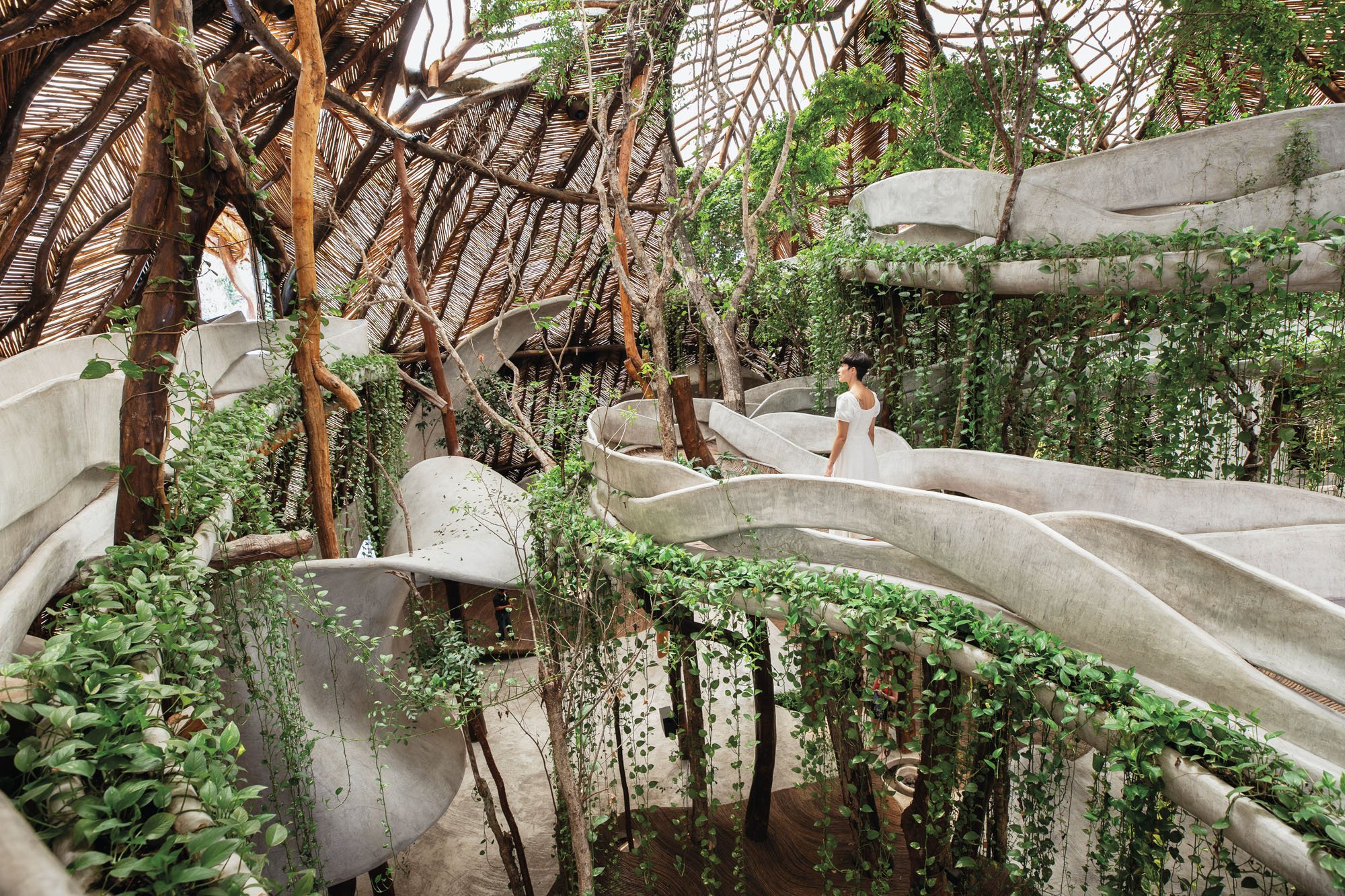- Aquajoy Newsletter
- Posts
- Welcome to the first issue of AQUAJOY!
Welcome to the first issue of AQUAJOY!
Newsletter

Joyful Guides for Family Tides!
TODAY’S MENU
📣About AQUAJOY
🐟Basic aquarium concepts(Fish tank selection)
🏔Basic landscaping skills(Fish tank landscaping setup process)
🍃Understanding aquatic plants(Cryptocoryne parva)
🐠Fish species knowledge(Tropical Fish)
🗿Sharing and analysis of various types of landscaping
🏰The relationship between fish tank and family(biophilic design)
📣About AQUAJOY
The person behind AQUAJOY is a passionate aquarium enthusiast and a dad to three kids. He noticed that today's children are constantly surrounded by screens and gadgets, with much of their time spent online and on social media. In many households, kids are online for more than half of their day. Wanting to create meaningful moments with his own children, he decided to dive into the world of aquascaping with them.
Together, they worked on researching, developing, and designing aquarium products. They didn't just stop at the drawing board; they got hands-on with setting up and maintaining the fish tanks. This shared activity not only gave them something fun to do together but also helped them build a treasure trove of wonderful family memories.
🐟Basic aquarium concepts(Fish tank selection)
Here are the key points for choosing a fish tank:
Choosing the Right Tank:Select a tank based on fish type, ensure 1-2 watts per gallon lighting, and choose the appropriate filtration system.
Aesthetics and Maintenance:Decorate the tank with sand, gravel, or glass stones, and add plants for both aesthetics and ease of maintenance.
Factors to Consider:Choose the right tank size, avoid direct sunlight and heat sources, ensure fish compatibility, and perform daily maintenance.
🏔Fish tank landscaping setup process
Basic steps for setting up an aquarium:
Place the tank in a stable location.
Add substrate (bottom sand).
Arrange decorations in the tank.
Fill the tank with water.
Plant aquatic plants.
Wait for the water to stabilize.
Introduce aquatic animals.
🍃Cryptocoryne parva
Cryptocoryne parva is the smallest but one of the prettiest Cryptocoryne plants. It falls under the medium category, needing good light, CO2, and nutrients to thrive. Even in ideal conditions, it grows slowly, making it easy to maintain.
🐠Tropical Fish
No matter what kind of fish you choose, always research to make sure they get along and can live in the same water conditions. Avoid overcrowding the tank, and add new fish slowly so the filter can keep up with the waste. For tropical tanks, you'll need a reliable heater and thermometer to keep the water at the right temperature. If you live in a cold area, it's a good idea to have a spare heater in case the main one breaks.
🗿Analysis of various types of landscaping
Understand Aquascaping Basics:
Aquascaping involves creating visually appealing underwater landscapes in aquariums using plants, rocks, and substrates.
Plan Your Aquascape:
Decide on a theme or style (e.g., nature, minimalist) and plan the layout before setting up the tank.
Choose the Right Equipment:
Select an appropriate aquarium size, lighting, filtration system, and CO2 setup based on the plants and fish you plan to include.
Prepare the Tank:
Install the substrate, hardscape elements (rocks, driftwood), and arrange the layout according to your design.
Plant Selection and Arrangement:
Choose suitable aquatic plants that match your tank's conditions and arrange them in a way that complements the overall design.
Maintain Your Aquascape:
Regular maintenance includes trimming plants, cleaning the tank, and monitoring water parameters to keep the aquascape healthy and attractive.
Patience and Adjustments:
Be patient as plants grow and the aquascape matures, and make adjustments as needed to achieve the desired look.
🏰The relationship between fish tank and family
Definition of Biophilic Design:
Biophilic design involves integrating natural elements into architecture and interior design to strengthen the connection between people and nature.
Core Principles:
Use natural light, vegetation, water features, and natural materials to improve well-being and productivity.
What Biophilic Design Is:
Enhancing spaces with elements like indoor plants, natural materials, and designs that mimic natural forms.
Creating environments that support relaxation, creativity, and overall health.
What Biophilic Design Is Not:
It is not just about adding a few plants or using natural materials superficially.
It does not involve only nature-themed decorations without considering their impact on human experience.
Practical Applications:
Implement biophilic design by thoughtfully incorporating natural elements that genuinely contribute to the user experience and well-being.


:strip_icc()/GettyImages-1413740339-5aea18fdc25b41039fa8dc91d687f527.jpg)

